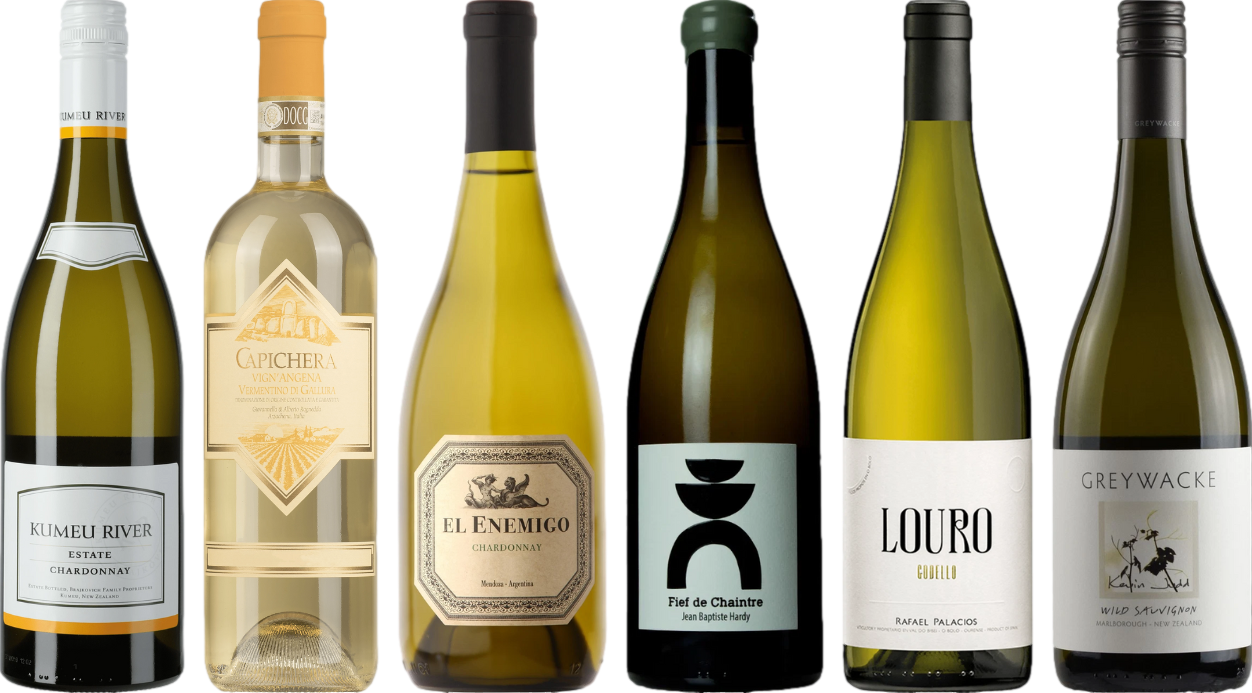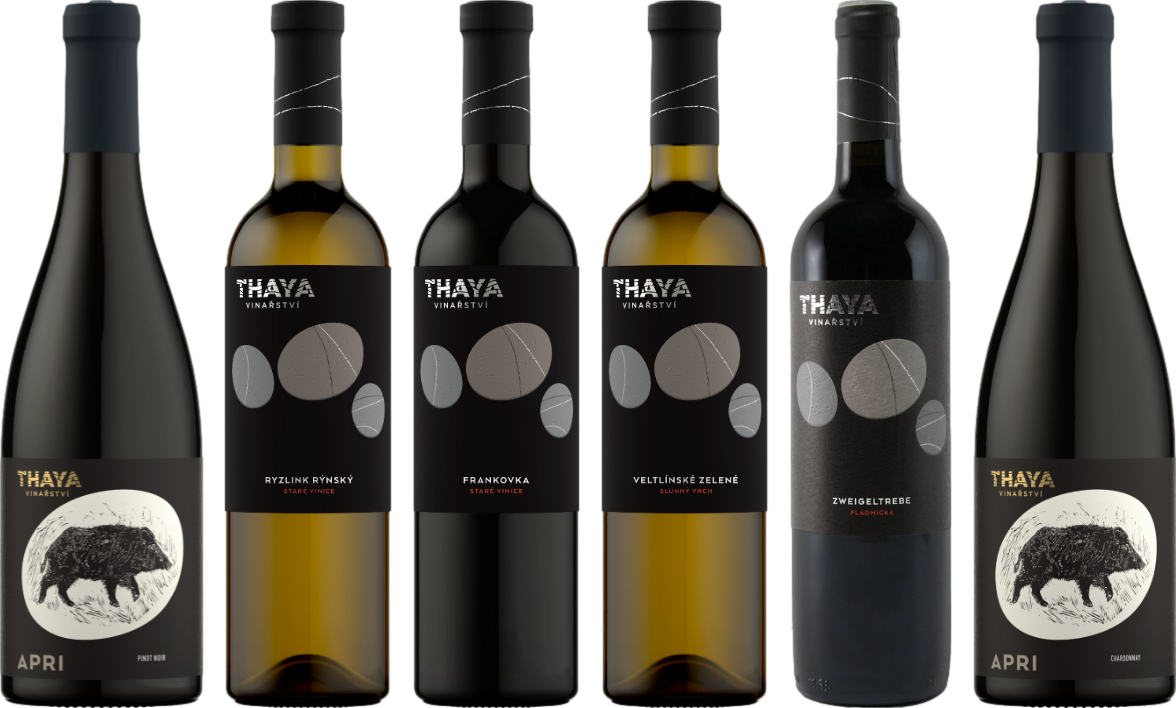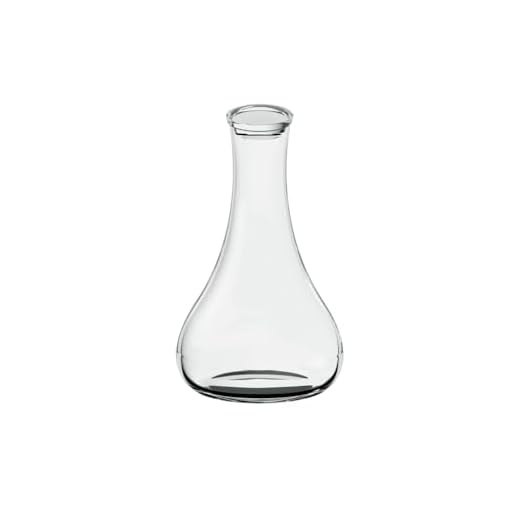



Pouring white varietals into a carafe can significantly enhance the tasting experience, especially for those that are more complex and aromatic. The act of aerating allows subtle notes to emerge, providing a fuller expression of the flavors locked within the bottle.
Consider pouring a Sauvignon Blanc or a Chardonnay into a decanter at least 20-30 minutes before serving. This aeration process can soften any harsh edges, allowing the fruitiness to shine through and the acidity to balance beautifully. The temperature at which these wines are served also plays a crucial role; aim for a slightly cooler serving temperature to retain crispness while enjoying the enhanced bouquet.
Pay attention to the age of the bottle. Young whites, particularly those with a robust profile, often benefit the most from this practice. However, older vintages may be more delicate and require careful handling. Observing the clarity and aroma as the wine breathes can inform the decision on whether further aeration is beneficial.
Ultimately, the goal is to elevate the tasting experience. By simply transferring the liquid into a suitable vessel, the journey of flavors can transform, revealing hidden complexities that might otherwise remain subdued. Enjoy the exploration of textures and tastes that unfold with each sip.
Decanting Techniques for White Varietals
For enhancing the aromatic profile and texture of certain refreshing beverages, consider a gentle pouring into a carafe. This method allows for a subtle aeration, which can elevate the overall tasting experience. Not all light-bodied selections require this treatment, but those with complexity, such as aged Chardonnays or aromatic varietals like Riesling, can benefit significantly.
Choosing the Right Glassware
Selecting appropriate glassware is also crucial. Use larger bowls for richer styles to facilitate the release of aromas, while more slender shapes work well for lighter varieties. This choice maximizes expressive qualities, inviting the drinker to engage with the nuances of the liquid.
Timing and Temperature Considerations
Allowing the libation to breathe for a short duration, typically around 15-30 minutes, can greatly enhance its characteristics. Additionally, serving at the ideal temperature is paramount; aim for slightly cooler than room temperature, around 50-55°F (10-13°C), particularly for those with more depth. This ensures that the complete flavor profile is revealed, making the experience more enjoyable.
Experimentation is key. Each selection may respond differently to this practice, and finding the perfect balance can lead to delightful discoveries. Don’t hesitate to explore various methods to see what resonates best with personal preferences.
Understanding the Purpose of Decanting
The primary aim of transferring a beverage from its original container to another vessel is to enhance its aromatic profile and overall taste experience. This process allows for the aeration of the liquid, which can help to soften harsh components and unveil more intricate flavors. For certain varieties, this exposure to air can significantly improve the overall sensory perception.
Oxidation plays a key role here; it diminishes the intensity of any sharp notes while allowing subtle characteristics to shine through. A well-executed transfer can also offer a visual appeal, presenting the liquid in a more elegant glassware, which can enhance the enjoyment of the experience.
It’s also worth considering the temperature aspect. Pouring into a different container can help maintain a more consistent serving temperature. Proper temperature can accentuate the refreshing qualities of the liquid, making it more enjoyable for the palate.
In some cases, sediment may be present in the original bottle. A careful transfer allows for the separation of the liquid from any unwanted particles, ensuring a cleaner pour. This aspect is particularly relevant for older bottles that may have developed sediment over time.
Ultimately, the decision to transfer depends on the specific characteristics of the beverage in question. Each bottle has its unique profile, and understanding how to best enhance its qualities can lead to a more enriching tasting experience.
Identifying Which White Wines Benefit from Decanting
Opt for aromatic varieties such as Sauvignon Blanc, which often exhibit enhancement when exposed to air. The lively acidity and herbaceous notes can be more pronounced after a brief aeration period.
Consider Chardonnay, particularly those with oak aging. The exposure to oxygen can soften the wine’s texture and integrate flavors, allowing buttery and vanilla notes to shine through.
Light-bodied options like Pinot Grigio may not need extended time in a carafe but can benefit from a few minutes of aeration, making the fruit flavors more expressive. Avoid decanting overly delicate wines; their nuances could dissipate quickly.
For richer styles from warmer climates, such as Viognier, a short decanting can help mellow the intensity and open up floral aromas, creating a more balanced experience.
When serving a meal like how to cook a 7lb prime rib roast, consider the wine pairing. Choosing to aerate can enhance the overall dining experience, particularly with fuller-bodied whites that complement richer dishes.
In summary, focus on varietals with robust characteristics, and always assess the specific wine’s profile before deciding on aeration. The goal is to highlight the wine’s best attributes without losing its original charm.
Proper Techniques for Decanting White Wine
Begin with a clean, clear vessel. This ensures no residue affects the flavors. A narrow-necked decanter or a standard glass will suffice, but clarity is key for visual appreciation.
Step-by-Step Process
- Temperature Check: Aim for optimal serving temperatures. Chill the liquid to approximately 45-50°F (7-10°C) before transferring to the decanter.
- Pouring Technique: Tilt the decanter at an angle. Gently pour the liquid along the inner wall, allowing it to flow smoothly. This minimizes agitation and preserves delicate aromas.
- Aeration Time: Allow for at least 15-30 minutes of exposure to air. Taste periodically to monitor the evolution of flavors.
Additional Tips
- Choose a decanter that complements the aesthetics of the beverage.
- Consider using a funnel if pouring from a bottle with sediment.
- Swirl gently to promote aeration, but avoid excessive movement.
Pay attention to the specific characteristics of the liquid being served. Variances in varietals and regions influence the ideal approach. Enjoy the experience of transformation as the flavors develop with time and air exposure.
Timing: How Long to Decant White Wine
For optimal results, allow a few minutes to an hour for aeration, depending on the specific type of beverage. Lighter varieties, such as Sauvignon Blanc and Pinot Grigio, typically require less time–around 10 to 20 minutes. This brief exposure to air enhances their fresh, crisp characteristics without overwhelming their delicate flavors.
In contrast, fuller-bodied options like Chardonnay or Viognier can benefit from a longer duration, ranging from 30 minutes to an hour. These complex varieties often exhibit more pronounced aromas and flavors after a gentle aeration, which can help soften any harsh edges and integrate the components more harmoniously.
Monitor the sensory experience during this period. Swirl the liquid gently in the glass to assess changes in aromas and flavors, adjusting the timing as necessary. Ultimately, the goal is to achieve a delightful balance, enhancing the overall enjoyment of the drink. Trust your palate–each bottle may react differently to exposure, so personal preference plays a significant role in determining the ideal duration for aeration.
Assessing the Impact on Aroma and Flavor
Engaging with the nuances of aroma and flavor is essential in appreciating the complexity of a fine bottle. Aeration can significantly enhance olfactory and taste profiles, particularly in select varieties. The interaction between oxygen and the wine can soften harsh notes while accentuating subtler characteristics.
Key Benefits of Aeration
When introducing air to a chilled beverage, several benefits emerge:
| Impact | Description |
|---|---|
| Enhanced Aromatics | Oxygen exposure can release volatile compounds, making floral and fruity notes more pronounced. |
| Flavor Development | Oxidation can help integrate flavors, balancing acidity and sweetness, leading to a smoother palate. |
| Reduction of Off-Flavors | Certain wines may contain reductive aromas; aeration can mitigate these undesirable scents. |
Varietal-Specific Considerations
Some varietals exhibit a more noticeable transformation with exposure to air. For instance, aromatic grapes like Sauvignon Blanc or Gewürztraminer show vibrant floral and citrus notes that can blossom with a little time in a vessel. Conversely, lighter styles, such as Pinot Grigio, may require less aeration to maintain freshness while still benefiting from a brief interaction with oxygen.
Experimentation is key. Observing changes over a short period can reveal how different selections respond to aeration, allowing for a personalized approach to enhancing sensory experiences.
Common Myths About Aerating White Wine
Many believe that only robust reds require exposure to air, but this notion overlooks the potential benefits for lighter varieties. Certain aromatic whites can gain complexity from a brief period of oxygenation, enhancing their floral and fruit notes.
Another misconception is that all chilled varieties should remain cold while being exposed to oxygen. In reality, allowing a modest warming can intensify the bouquet and provide a fuller tasting experience. This is particularly true for richer styles like Chardonnay or Viognier.
Some think that the process is unnecessary for everyday selections. However, even modest bottles can showcase improved character with just a few minutes of aeration, making them more enjoyable.
It’s often said that the method is too cumbersome. In fact, using a simple decanter or even a glass can make the process easy and rewarding without requiring elaborate setups.
Lastly, there’s a belief that all varietals will respond positively to aeration. It’s important to recognize that some crisp, mineral-driven selections may not benefit as much, and understanding individual characteristics is key.








